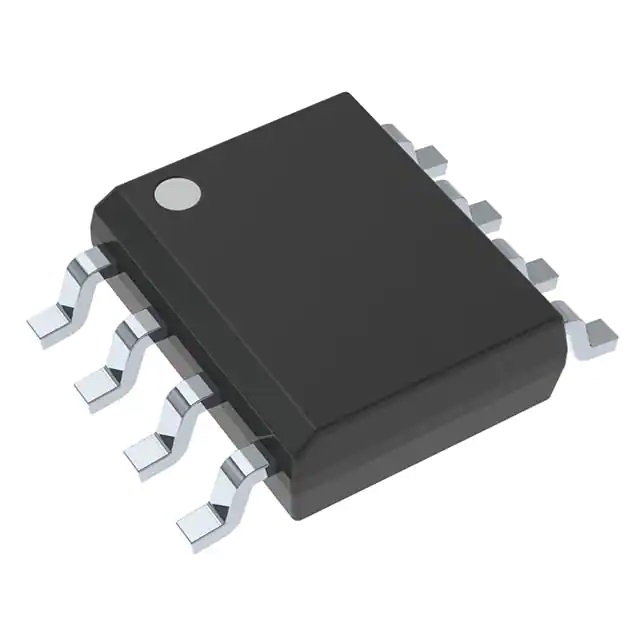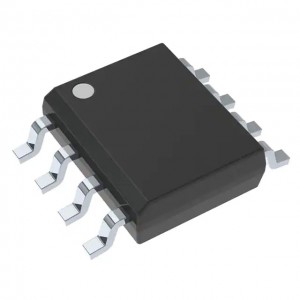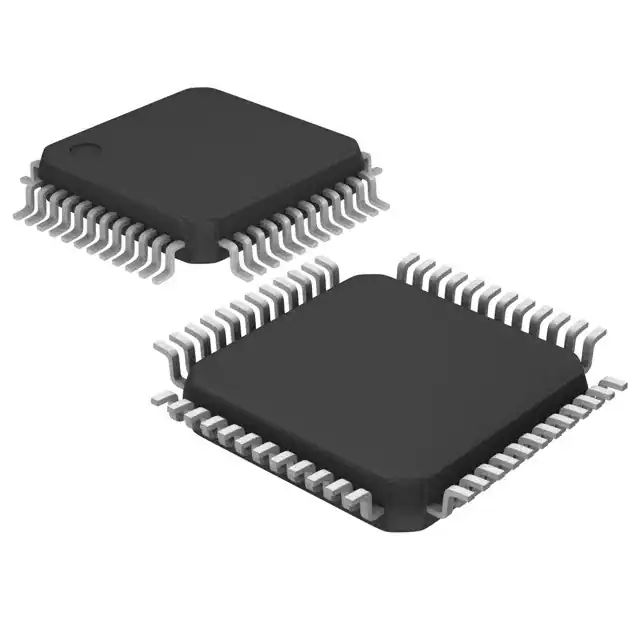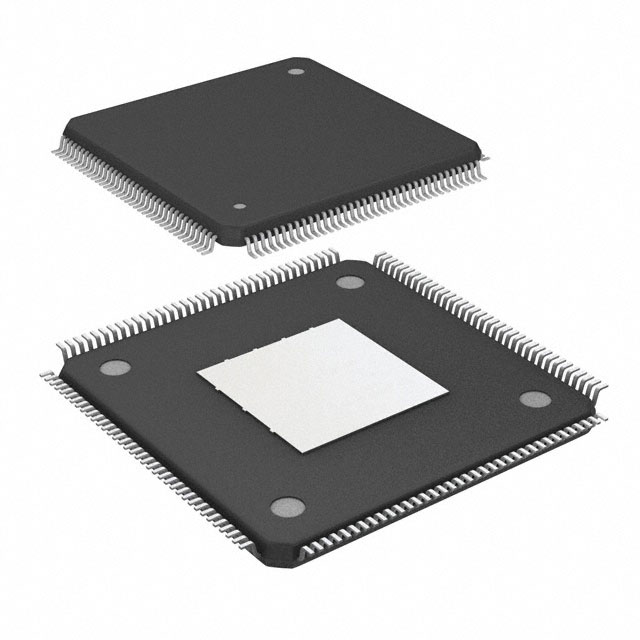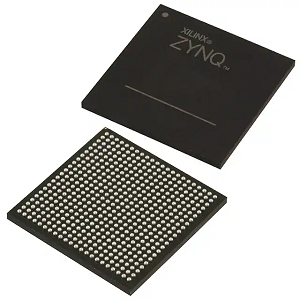TCAN1042HDRQ1 Wholesales IC Chip Distributor Integrated Circuit Supply TCAN1042HDRQ1 IC Chip Wholesales
Product Attributes
| TYPE | DESCRIPTION |
SELECT |
| Category | Integrated Circuits (ICs)
Drivers, Receivers, Transceivers |
|
| Mfr | Texas Instruments |
|
| Series | Automotive, AEC-Q100 |
|
| Package | Tape & Reel (TR)
Cut Tape (CT) Digi-Reel® |
|
| Product Status | Active |
|
| Type | Transceiver |
|
| Protocol | CANbus |
|
| Number of Drivers/Receivers | 1/1 |
|
| Duplex | - |
|
| Data Rate | 5Mbps |
|
| Voltage - Supply | 4.5V ~ 5.5V |
|
| Operating Temperature | -55°C ~ 125°C |
|
| Mounting Type | Surface Mount |
|
| Package / Case | 8-SOIC (0.154", 3.90mm Width) |
|
| Supplier Device Package | 8-SOIC |
|
| Base Product Number | TCAN1042 | |
| SPQ | 2500PCS |
Interface
Interface is a keyword for interface operations in object-oriented programming languages, and the function is to combine the required members to encapsulate a collection of certain functions. It is like a template in which the members of an object must be implemented are defined, implemented through classes or structs. Interfaces cannot be instantiated directly, i.e. ICount ic=new iCount() is wrong. An interface cannot contain any code for members, only the members themselves. The concrete code for the interface members is provided by the class that implements the interface. The interface is declared using the interface keyword.
Features for the TCAN1042H-Q1
- AEC-Q100 (grade 1): Qualified for automotive applications
- Meets the ISO 11898-2:2016 and ISO 11898-5:2007 physical layer standards
- Functional Safety-Capable
- ’Turbo’ CAN:EMC performance: supports SAE J2962-2 and IEC 62228-3 (up to 500 kbps) without common mode choke
- All devices support classic CAN and 2 Mbps CAN FD (flexible data rate) and "G" options support 5 Mbps
- Short and symmetrical propagation delay times and fast loop times for enhanced timing margin
- Higher data rates in loaded CAN networks
- I/O Voltage range supports 3.3 V and 5 V MCUs
- Ideal passive behavior when unpowered
- Bus and logic terminals are high impedance (no load)
- Power up/down with glitch free operation on bus and RXD output
- Protection featuresReceiver common mode input voltage: ±30 V
- IEC ESD protection up to ±15 kV
- Bus Fault protection: ±58 V (non-H variants) and ±70 V (H variants)
- Undervoltage protection on VCC and VIO (V variants only) supply terminals
- Driver dominant time out (TXD DTO) - Data rates down to 10 kbps
- Thermal shutdown protection (TSD)
- Typical loop delay: 110 ns
- Junction temperatures from –55°C to 150°C
- Available in SOIC(8) package and leadless VSON (8) package (3.0 mm x 3.0 mm) with improved automated optical inspection (AOI) capability
Description for the TCAN1042H-Q1
This CAN transceiver family meets the ISO11898-2 (2016) High Speed CAN (Controller Area Network) physical layer standard. All devices are designed for use in CAN FD networks up to 2 Mbps (megabits per second). Devices with part numbers that include the "G" suffix are designed for data rates up to 5 Mbps, and versions with the "V" have a secondary power supply input for I/O level shifting the input pin thresholds and RXD output level. This family has a low power standby mode with remote wake request feature. Additionally, all devices include many protection features to enhance device and network robustness.






